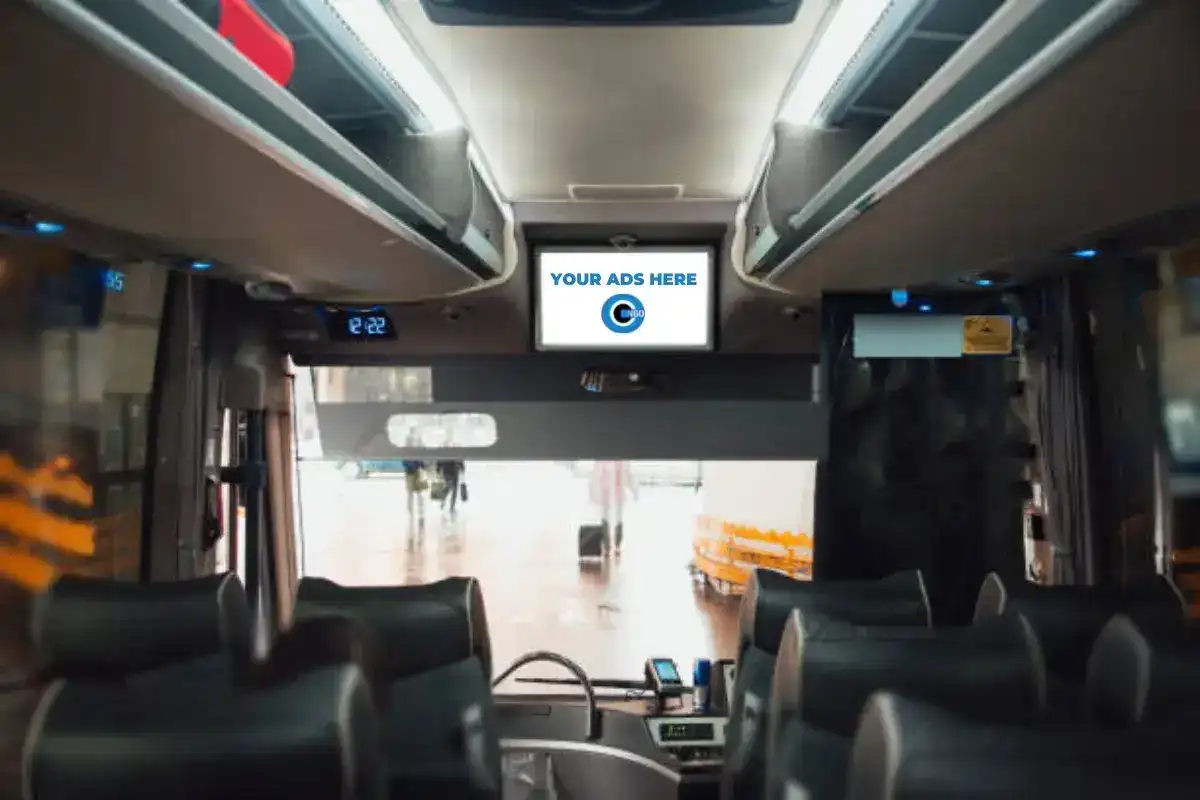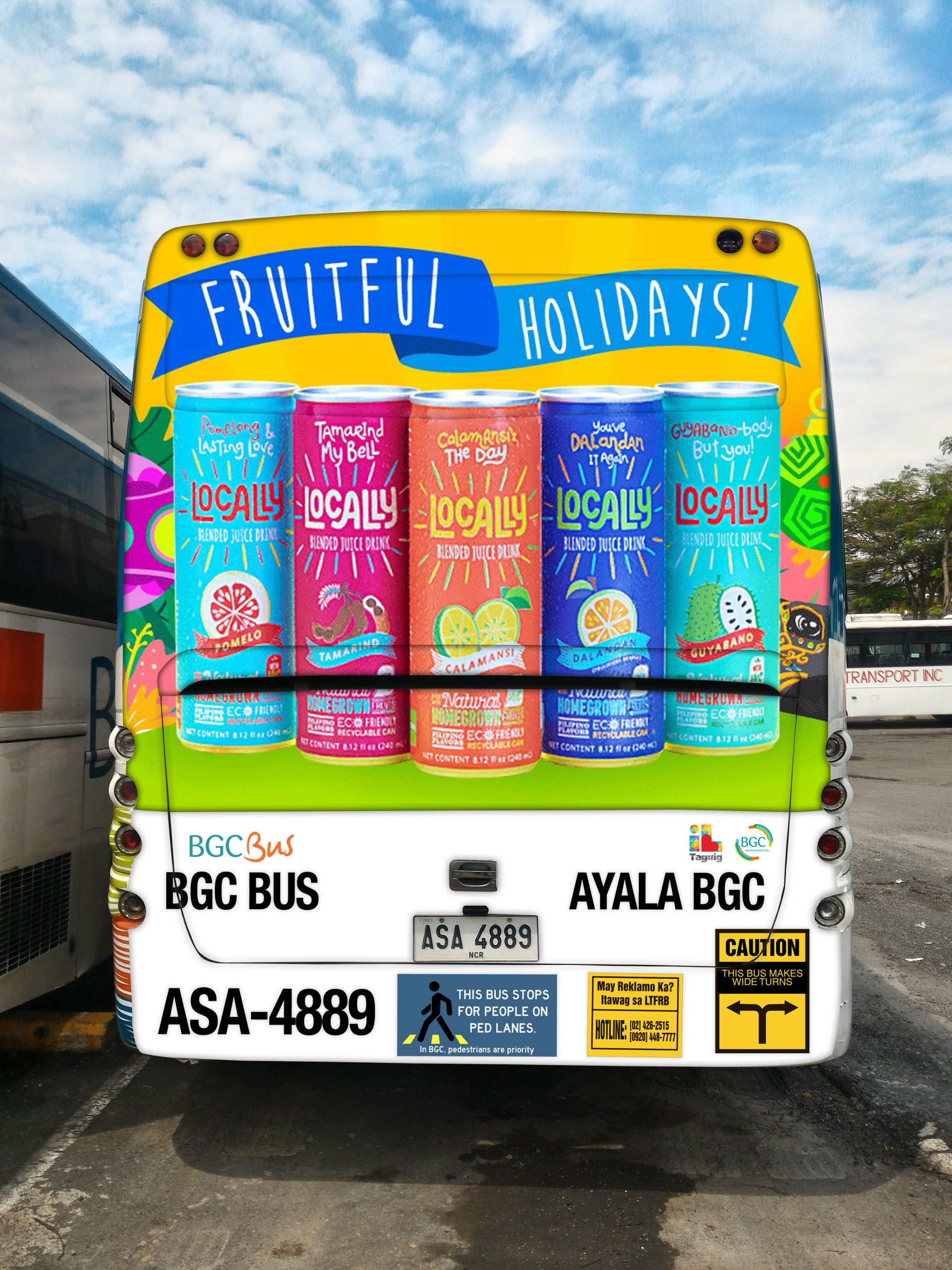Raise Brand Reach with Transit Advertising Philippines
Raise Brand Reach with Transit Advertising Philippines
Blog Article
How Transit Advertising Can Transform Public Transport Spaces Into Dynamic Advertising Platforms
Transportation advertising and marketing holds considerable capacity to redefine public transportation areas right into dynamic marketing platforms that engage and educate. As we discover the diverse advantages and developing approaches of transportation advertising, it increases the inquiry of just how this improvement might redefine our interactions with both brands and the city setting.
Benefits of Transit Marketing

In addition, transportation advertising and marketing is very cost-effective contrasted to traditional media. It permits advertisers to achieve high perceptions at lower prices, making the most of roi. The captive target market of travelers offers a chance for brand names to convey their messages to individuals that are commonly responsive throughout their travel times.
Furthermore, the dynamic nature of transit advertising permits projects to be updated regularly, guaranteeing that messaging stays pertinent and prompt. This adaptability can be important in reacting to market trends or promotional events, keeping the brand top-of-mind for customers. Finally, the prevalent visibility of transit marketing adds to brand recall; duplicated exposure within familiar traveling contexts strengthens brand name recognition and cultivates customer commitment, ultimately enhancing and driving sales brand reputation.
Kinds of Transit Marketing
Mass transit systems provide different layouts for advertising, each providing to various advertising and marketing strategies and audience engagement approaches. One famous kind is outside bus and train covers, which cover the entire vehicle and create a mobile billboard effect, permitting high exposure in metropolitan settings. These covers can record focus as they go across hectic roads, getting to a diverse audience.
Another popular format is interior advertising and marketing, that includes posters, digital displays, and advertisements on transportation seats. These positionings engage passengers during their journey, strengthening brand name messaging in a restricted area. Digital presents, in certain, provide the benefit of dynamic material, enabling advertisers to upgrade messages in real-time.
Station marketing is additionally considerable, including posters, banners, and interactive kiosks within transportation terminals. These advertisements take advantage of foot web traffic and can target details demographics based on place.
Lastly, marketing collaborations with transit authorities can result in one-of-a-kind campaigns, such as themed transit experiences or events, improving the total involvement with commuters. Each kind of transit advertising and marketing uses distinctive benefits, enabling brand names to customize their technique to properly reach their target market within the general public transportation ecosystem.
Engaging Commuters Effectively
Commuters are progressively inundated with advertising and marketing messages throughout their day-to-day trips, making it necessary for brand names to involve them in cutting-edge means. To capture attention in this congested room, advertisers have to focus on imagination and significance. Utilizing distinctive visuals and succinct messaging can considerably boost the chance informative post of involvement.
Interactive aspects, such as QR codes or enhanced truth attributes, can likewise change fixed ads into immersive experiences, cultivating a much deeper connection with the audience. Brands must concentrate on attending to commuters' requirements and passions, tailoring messages to reverberate with their lifestyle, whether with promos for local organizations or solutions created to boost their commuting experience.
Additionally, timing plays an important duty; strategically positioning ads during height travelling hours can make the most of visibility and influence. Engaging travelers efficiently additionally includes leveraging social media sites combination, permitting guests to share their experiences or promotions straight from transportation platforms, thus amplifying brand reach.
In significance, efficient engagement pivots on recognizing the traveler trip and producing engaging, interactive, and pertinent marketing experiences that not only catch attention however likewise drive action and commitment. By doing so, brands can change mass transit right into a vibrant advertising and marketing platform that resonates with its target market.

Measuring Marketing Impact
Exactly how can brand names properly evaluate the efficiency of their ad campaign en route settings? Measuring the influence of transit advertising calls for a complex strategy that integrates measurable and qualitative metrics. One widespread approach is tracking interaction with mobile analytics, where brands can analyze foot website traffic patterns and application interactions in the past, throughout, and after campaigns.
Studies can supply useful understandings right into brand name recall and customer view, enabling brands to assess how well their messages reverberate with commuters. Additionally, checking social media sites engagement pertaining to particular campaigns can disclose changes in public understanding and brand name conversation.

Additionally, collaborating with transit agencies can improve measurement precision, as they commonly have thorough demographic information on ridership trends. By integrating these methodologies, brand names can create a detailed understanding of their marketing effectiveness, ensuring that their campaigns not just reach yet also impact their target market properly.
Future Patterns in Transportation Advertising And Marketing
A substantial change is anticipated in transportation marketing as technical improvements and changing consumer habits reshape the landscape. Transit Advertising Philippines. The assimilation of interactive media and digital screens is anticipated to enhance engagement, enabling brand names to supply dynamic material that resonates with varied audiences. As mass transit systems embrace smart modern technology, marketers will certainly take advantage of real-time data analytics to tailor messages based upon passenger demographics and actions
Moreover, boosted reality (AR) is poised to reinvent the means commuters why not try here engage with promotions. By giving immersive experiences, AR can transform a mundane trip into an interesting story that records attention and promotes brand name loyalty. This innovation will likely motivate marketers to create even more experiential projects that drive customer interaction.
Sustainability is an additional vital trend affecting transit advertising and marketing. As ecological awareness expands, brands will increasingly look for to line up with green practices, using lasting products and advertising green initiatives within their campaigns.
Final Thought
In final thought, transit advertising offers significant advantages by improving brand name exposure and involving a restricted target market. With numerous layouts, such as outside covers and digital displays, it transforms mass transit into a lively marketing system. Reliable interaction techniques and robust dimension strategies better enhance its impact. As patterns develop, the capacity for innovative communications in between brands and travelers is poised to grow, guaranteeing that transit advertising continues to be an important element of modern-day marketing techniques.
Transit advertising holds substantial capacity to redefine public transport areas right into dynamic advertising systems that engage and educate. The prevalent visibility of transportation advertising and marketing adds to brand recall; duplicated exposure within familiar traveling contexts strengthens brand name understanding and fosters consumer browse around this web-site commitment, inevitably enhancing and driving sales brand online reputation.
Just how can brands precisely evaluate the effectiveness of their advertising projects in transportation settings?In verdict, transit advertising and marketing supplies significant advantages by boosting brand visibility and involving a restricted target market. Transit Advertising Philippines. As trends develop, the capacity for ingenious interactions between brand names and travelers is positioned to grow, making certain that transportation advertising and marketing remains a vital part of modern advertising methods
Report this page